Crazy vaults, ball flowers, and carved angels that appear to sing...
c. 1200–1400 C.E.

Crazy vaults, ball flowers, and carved angels that appear to sing...
c. 1200–1400 C.E.
We're adding new content all the time!
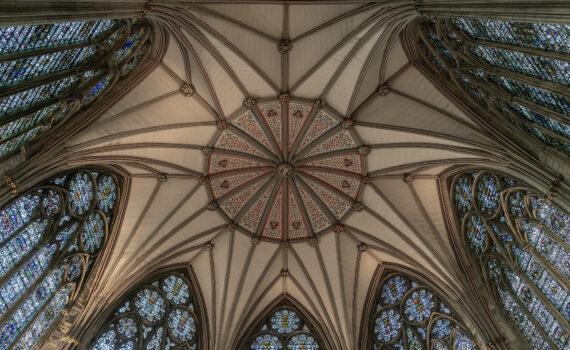
With towering stained-glass windows and an open plan, the Chapter House of York Minster is an extraordinarily grand space.
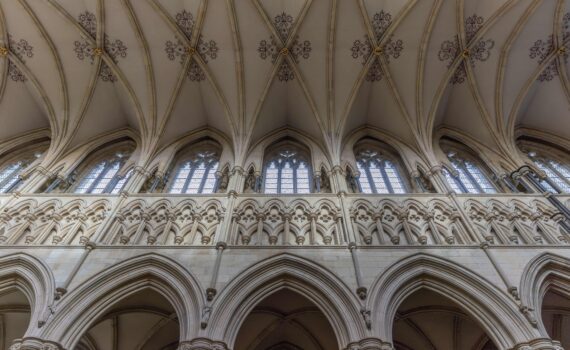
Just how did Gothic architects support heavy stone ceilings and create the effect of heaven on earth?
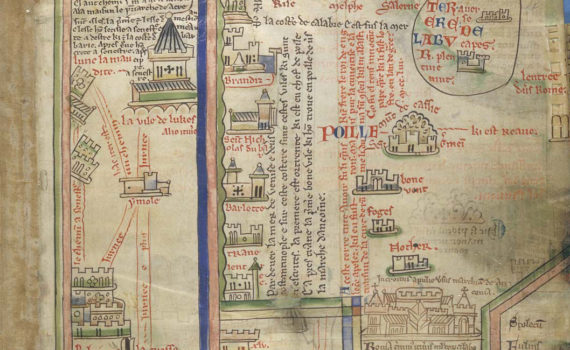
While this map may look like a true physical route, its maker traces a spiritual journey that mirrors a monk's route in their abbey
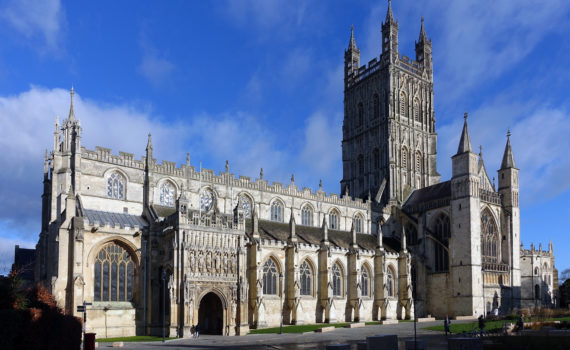
Famous for its fan vaults and the Perpendicular style, Gloucester Cathedral is a feast for the eyes.
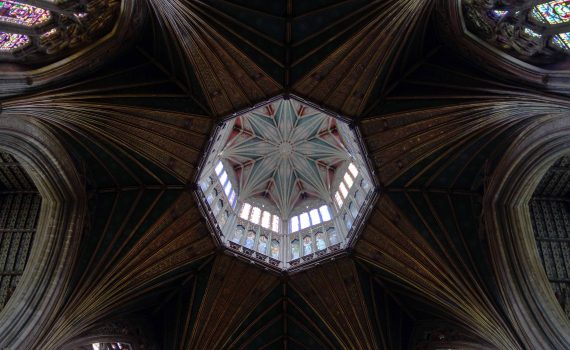
An Anglo-Saxon princess founded a nunnery in the eel-filled marshy waters of East Anglia; see how it developed during the Middle Ages.
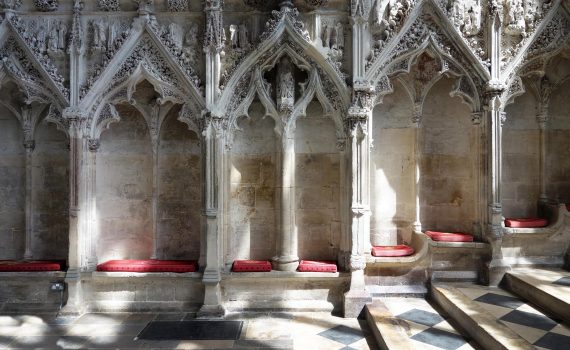
Art Historian Paul Binski recovers the Lady Chapel's former opulence in his imagination, and ours.
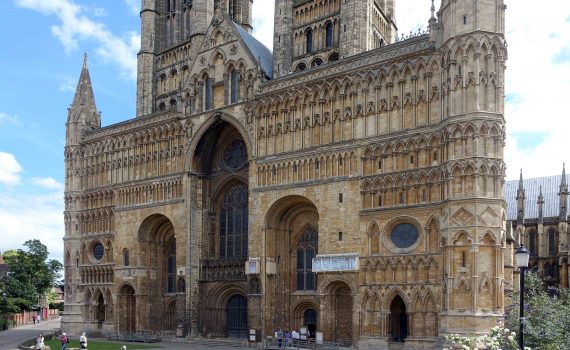
The enormous west front of Lincoln Cathedral stacks Gothic lancets over rounded Romanesque arches. Inside, “crazy vaults” render space illegible.
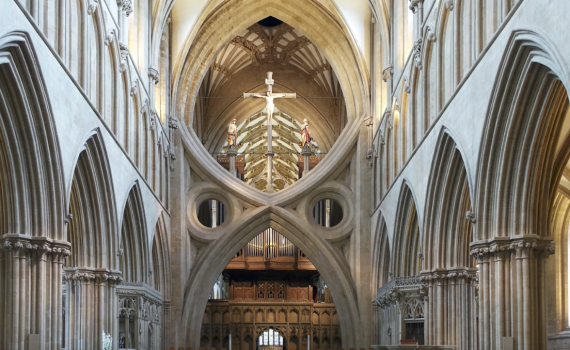
Hidden behind a brightly painted, screen-like façade, the medieval musicians of Wells Cathedral played for crowds assembled outside.

Hinged together, these two panels stage Richard II’s audience with the Virgin and Christ Child. Count the angels!
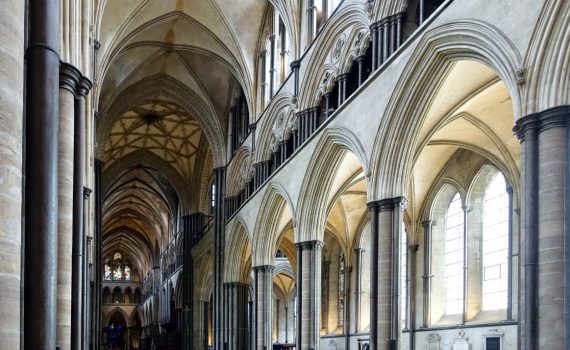
A superlative example of Early English Gothic, Salisbury grew taller and pointier in the 14th century. Today its spire tilts 27 inches southeast.
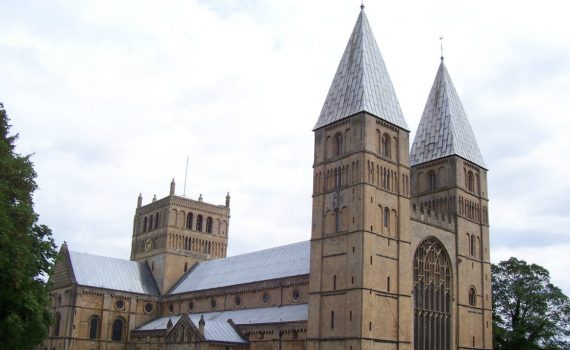
This medieval British church is oriented east to west. Points on a compass also mark different styles: the east end is Gothic; the west, Norman.